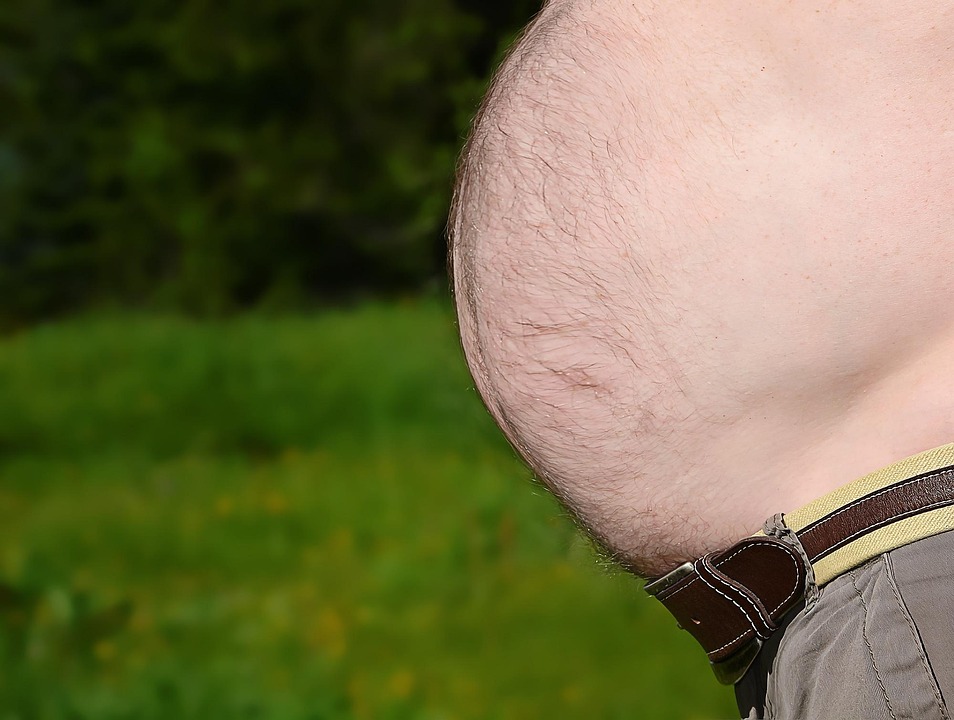
Understanding Your Kitten’s Big Belly: Why It’s Normal and What to Expect as They Grow
Bringing a new kitten into your home is a delightful and exciting experience. These tiny furballs bring joy and energy into any household. However, as a new or even experienced cat owner, you might notice certain physical characteristics of your kitten that leave you with questions. One common observation is the seemingly oversized belly of a young kitten. In this article, we will explore why a big belly is often normal for kittens, what it signifies, and what to expect as they grow.
Why Do Kittens Have Big Bellies?
When it comes to kittens, a big belly is usually nothing to worry about. Here are some reasons why your kitten might have a larger belly:
1. Healthy Appetite
Kittens are known for their voracious appetites. They grow at a rapid pace, and to support this growth, they need to consume a lot of calories. The big belly you observe after a meal is often just a sign that your kitten has eaten well. Kittens typically eat multiple small meals throughout the day, and their bellies will often appear distended after a hearty meal.
2. Natural Body Composition
Kittens are born with a certain amount of body fat that helps keep them warm and provides energy reserves. This natural body composition can make their bellies look rounded. As they grow and become more active, this fat is gradually converted into muscle.
3. Bloating
Occasionally, a kitten’s big belly could be due to temporary bloating. This can occur if they eat too quickly or consume something that causes gas. If the bloating is temporary and not accompanied by other symptoms, it is usually not a cause for concern.
When Should You Be Concerned?
While a big belly is often normal, there are times when it might indicate a health issue that needs attention. Here are some warning signs to look out for:
1. Persistent Swelling
If your kitten’s belly remains swollen for an extended period and does not fluctuate with meals, it might be a sign of an underlying health issue. Persistent swelling can be a symptom of fluid accumulation or other medical conditions.
2. Parasites
Intestinal parasites, such as worms, are common in kittens and can cause a swollen belly. If your kitten has a big belly accompanied by diarrhea, vomiting, or a poor coat condition, it’s advisable to consult a veterinarian. Regular deworming is essential for kittens.
3. Abdominal Pain
If your kitten shows signs of discomfort when their belly is touched or if they exhibit changes in behavior such as lethargy or decreased appetite, it could indicate abdominal pain. This requires immediate veterinary attention.
What to Expect as Your Kitten Grows
Understanding the growth stages of your kitten can help you anticipate changes in their body shape and size. Here is a brief overview of what to expect:
1. The First Few Weeks
During the first few weeks, kittens grow rapidly. They rely heavily on their mother’s milk, which provides all the necessary nutrients. Their bellies will often appear full after feeding, and this is perfectly normal.
2. Weaning and Transitioning to Solid Food
At around four weeks of age, kittens begin the weaning process. They start to explore solid foods, and their diet becomes more varied. You may notice fluctuations in their belly size as they adjust to solid foods.
3. Increased Activity
As kittens grow, they become more active and playful. This increased activity helps develop their muscles and decreases body fat, resulting in a more proportionate body shape. Their once big bellies may start to slim down.
4. Adolescence
By the time they reach six months, kittens are entering adolescence. They continue to grow, but at a slower pace. At this stage, their diet should be well-balanced to ensure healthy development. Their belly size should normalize as their body matures.
Practical Tips for Managing Your Kitten’s Diet and Health
To ensure your kitten’s big belly is a sign of healthy growth and not a health issue, consider the following tips:
1. Provide a Balanced Diet
Ensure your kitten is receiving a balanced diet appropriate for their age. High-quality kitten food is formulated to support growth and development. Consult your veterinarian for dietary advice tailored to your kitten’s needs.
2. Regular Veterinary Check-ups
Regular veterinary check-ups are crucial during your kitten’s early months. Your vet can monitor their growth, check for parasites, and provide vaccinations and deworming treatments.
3. Monitor Their Eating Habits
Observe your kitten’s eating habits. Ensure they are not overeating or eating too quickly, as this can lead to bloating. Consider using a slow feeder to help moderate their eating speed.
4. Watch for Behavioral Changes
Keep an eye on your kitten’s behavior. Any sudden changes in energy levels, appetite, or bowel movements should be discussed with your veterinarian to rule out any health issues.
Conclusion
A big belly in a kitten is usually a normal part of their growth and development. It often indicates a healthy appetite and natural body composition. However, it’s important for cat owners to be vigilant and aware of any signs that might suggest an underlying health issue. By providing a balanced diet, regular veterinary care, and monitoring your kitten’s behavior, you can ensure they grow into a healthy, happy adult cat. Remember, if you ever have concerns about your kitten’s health, consulting with a veterinarian is always the best course of action.








